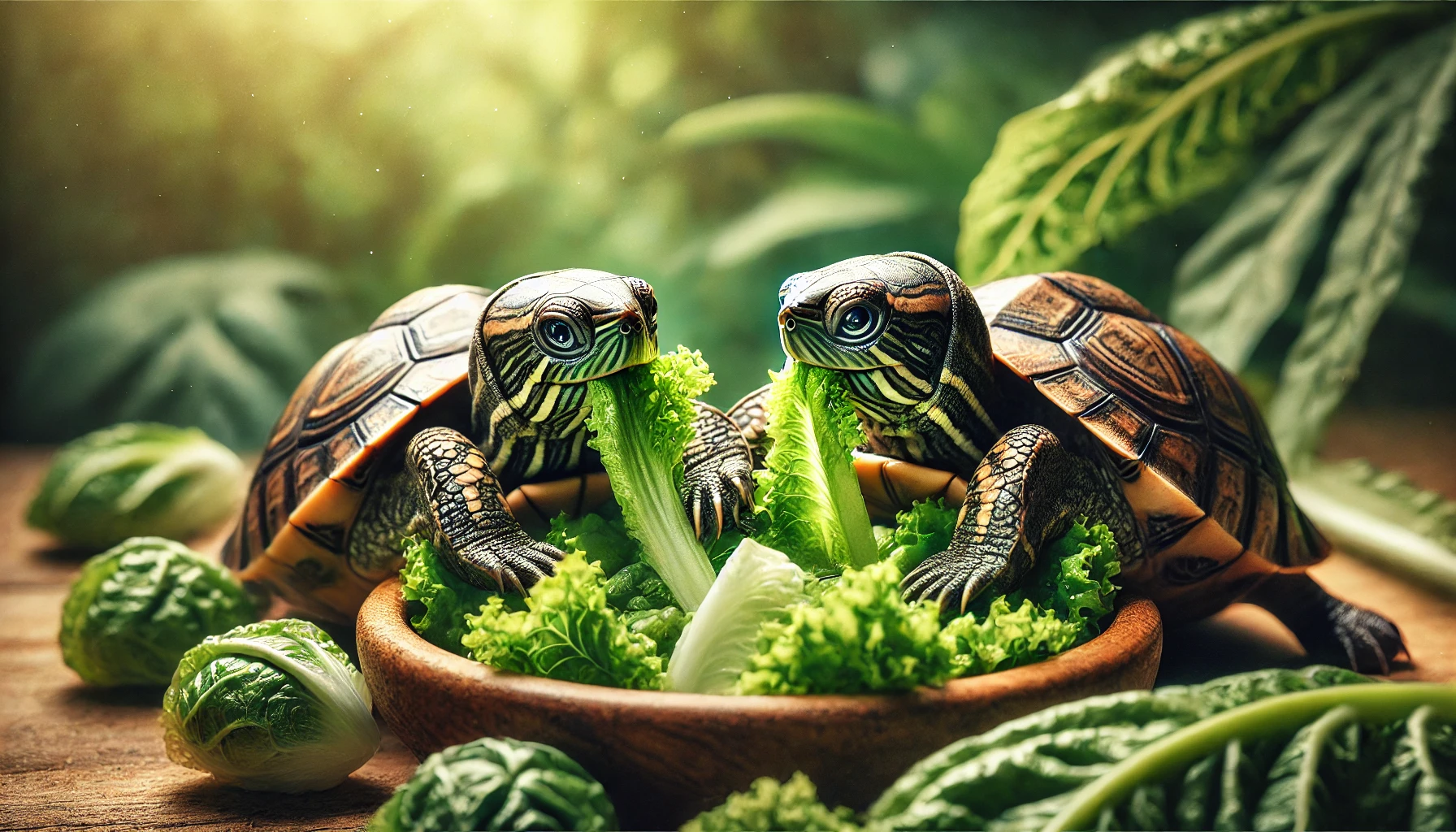Check out this answer from Consensus:
The diet of pet turtles should be carefully balanced to include appropriate levels of protein, carbohydrates, and essential nutrients. Research supports the use of both traditional and alternative feed ingredients, as well as dietary supplements, to promote optimal growth and health. By understanding and applying these findings, turtle owners can ensure their pets thrive in captivity.
Pet turtles, like their wild counterparts, require a balanced diet to maintain their health and well-being. The dietary needs of turtles can vary significantly depending on the species, age, and specific health requirements. This article explores the various dietary components and feeding practices for different types of pet turtles, drawing on recent research findings.
Protein Sources
Protein is a crucial component of a turtle’s diet, especially for growing juveniles. Fish meal is a common protein source, but alternatives like enzymatic cottonseed protein (ECP) have been studied for their effectiveness. Research on Chinese soft-shelled turtles (Pelodiscus sinensis) has shown that replacing fish meal with ECP can positively affect growth, immunity, and intestinal health, with a recommended replacement level of 4% ECP in the diet1. Similarly, for juvenile green turtles (Chelonia mydas), a diet containing 40% protein has been found optimal for growth and feed utilization2.
Carbohydrates and Starch
Carbohydrates, particularly starch, play a role in the energy metabolism of turtles. A study on Chinese soft-shelled turtles indicated that a dietary starch level of 12.73% is optimal for juvenile growth, as it supports better weight gain and specific growth rates3. However, excessive starch can lead to poor growth performance and health issues.
Artificial and Fresh Feeds
The suitability of artificial feeds for juvenile green turtles has been evaluated, showing that artificial feeds can support growth and health when compared to conventional fresh feeds4. Pre-soaking feed pellets in water has also been shown to improve feed utilization and digestion in green turtles, with a soaking ratio of 1:0.7 (pellet to water) being optimal6.
Dietary Additives
Additives like sodium butyrate (SB) can enhance the growth performance and immune function of turtles. For Chinese soft-shelled turtles, a diet supplemented with 0.02% SB significantly improved weight gain, feed conversion ratio, and intestinal microbiota5. Additionally, the combination of vitamins C and E has been found to improve the anti-stress ability and immune response in juvenile soft-shelled turtles9.
Alternative Ingredients
In efforts to diversify the diet and reduce dependency on fish-based feeds, ingredients like dried seaweed and seagrass have been tested. For juvenile olive turtles (Lepidochelys olivacea), fish pellets combined with seaweed or seagrass showed promising results in terms of growth and feed efficiency, although fish pellets alone were the most effective7.
